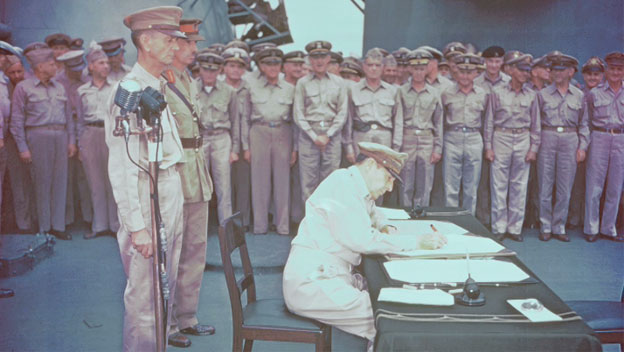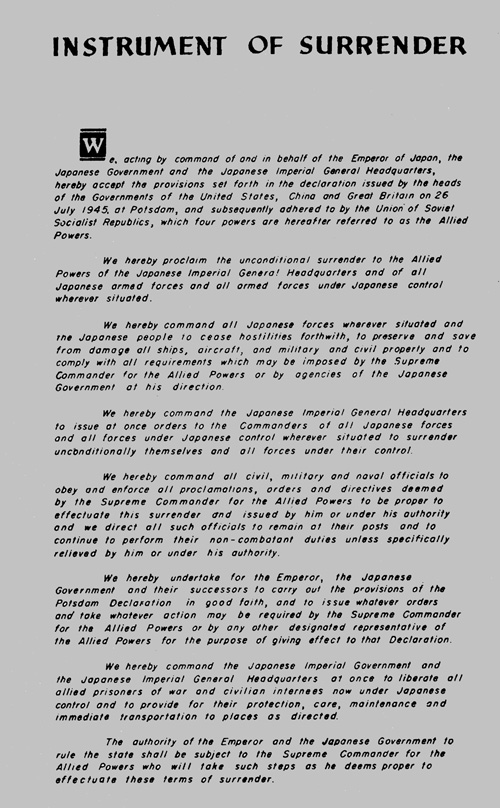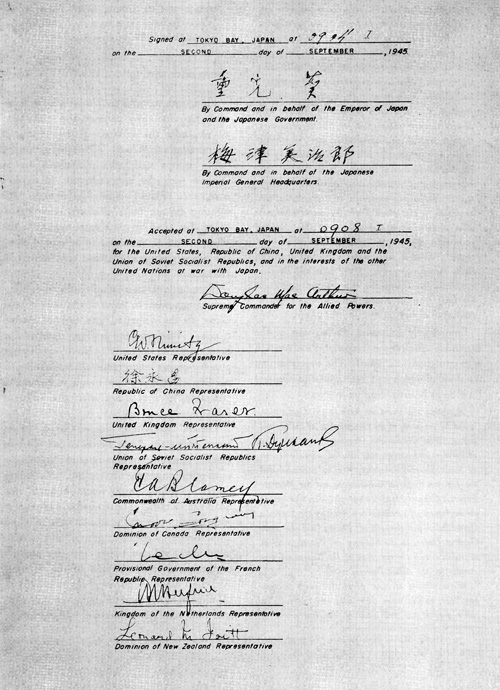Eleven Refugees With Active TB Arrived in Florida After 2013
Eleven refugees with active tuberculosis (TB) were among more than 111,000 refugees who arrived in Florida during the three years between 2013 and 2015, according to a report the Florida Department of Health recently sent to Breitbart News.
Their active TB status was determined in medical screenings completed within 90 days of their arrival in the Sunshine State.
This news comes barely a week after Breitbart News reported that four refugees with active TB were sent to Indiana in 2015.
The Florida Department of Health provided a breakdown, by year of arrival, of the eleven refugees who arrived in Florida with active TB:
Number of refugees who completed domestic medical screening who were diagnosed with active TB at the time of that screening.
Year Number Diagnosed with Active TB
2013 5
2014 5
2015 1Total 11
Breitbart: The vast majority of these refugees who arrived in Florida between 2013 and 2015–104,000 of the 111,000– came from Cuba under the “wet-foot, dry-foot policy,” the 1995 “amendment to the 1966 Cuban Adjustment Act. . . [that] gives migrants from Cuba special treatment that no other group of refugees or immigrants receives… [and] puts Cubans who reach U.S. soil on a fast track to permanent residency,” as Dan Moffett reports.
Only a small percentage of these 104,000 Cuban refugees–an estimated total of 3,000–entered as “traditional arrival” refugees, the program through which approximately 70,000 refugees per year enter the United States from over 100 different countries.
The remaining 111,000 Cuban refugees were classified as part of the additional 70,000 migrants who enter the United States annually and are designated as “other served populations” eligible to participate in refugee programs administered by the Office of Refugee Resettlement. Many in this group are classified by the federal government as “non-traditional arrivals,” a designation that includes “irregular maritime arrivals. . . and border crossers.”
In 2015, for instance, of the 140,093 total migrants who were eligible to be served by the refugee programs administered by the Office of Refugee Resettlement 69,933 were refugees, while 70,160 were “other served populations.”
Another small percentage of the 111,000 refugees who entered Florida between 2013 and 2015–a total of 7,000–entered through the “traditional arrival” refugee resettlement program administered by the Office of Refugee Resettlement from countries other than Cuba.
While all 10,000 refugees (3,000 from Cuba, 7,000 from other countries) who arrived in Florida between 2013 and 2015 through the “traditional arrival” refugee resettlement program were medically screened overseas prior to being approved to come to the U.S., the 101,000 Cubans who came to Florida under the category “others served by the refugee resettlement program” over the same period were not medically screened prior to their arrival in the U.S.
Most startling of all the information included in the Florida Department of Health data is that only two of the eleven refugees (18 percent) who arrived in Florida with active TB were included in the B1, B2, B3 refugee tuberculosis medical risk notifications sent to the Florida Department of Health by the CDC through the National Electronic Disease Notification System.
Total number of refugees who arrived with a B1, B2, or B3 tuberculosis notification who were diagnosed with active TB at the time of that screening, expressed as an absolute number and also as a percentage of notification of refugees screened.
Year Number Diagnosed with Active TB Percentage of Refugee Notifications
2013 1 3.7%
2014 1 2.4%
2015* 0 0%
* Preliminary dataThe other nine refugees who arrived in Florida with active TB (82 percent) were most likely Cuban migrants in the category “others served by the refugee resettlement program” who were not medically screened overseas prior to their arrival in the U.S. It possible, however, that some of the non-Cubans who were given a clean bill of health by the CDC’s overseas medical screening program were in this latter group.
When the CDC provides the Florida Department of Health with advance notifications for each “traditional arrival” refugee bound for Florida when they arrive at a U.S. port of entry, it also provides B1, B2, and B3 tuberculosis medical risk notifications for those “traditional arrival ” refugees carrying those classifications. The Florida Department of Health provided Breitbart News with the number of refugees who arrived with B1,B2, and B3 medical risk notifications between 2013 and 2015:
Number of B1, B2, and B3 tuberculosis notifications sent to the Florida Department of Health by the CDC.
Arrival Number of Refugees
2013 61
2014 80
2015 92Source: Electronic Disease Notification system (EDN)
Refugees who entered Florida with these medical risk notifications were from among the 10,000 “traditional arrival” refugees between 2013 and 2015, 3,000 from Cuba, and 7,000 from other countries. None of the 111,000 Cubans who entered Florida between 2013 and 2015 from the “others served by the refugee resettlement program” category were subject to these medical notifications, since none had been medically screened overseas.
Though the CDC has gone to great lengths to assure Americans that refugees do not present a tuberculosis health risk to them, the actual data from Florida and Indiana belie that claim.
As Breitbart News reported previously:
Refugees who are diagnosed in overseas medical screenings as having “active infectious tuberculosis” are classified as Class A medical risks, and are not allowed to migrate to the United States without a special waiver.
Refugees who are diagnosed as having something the CDC calls, in a classic bureaucratic oxymoron, “active tuberculosis – non-infectious,” are classified as Class B1 medical risks and are allowed to migrate to the United States.
According to the most recent 2007 standards provided by the CDC to the approximately 700 medical doctors who have been authorized by U.S. embassies or consulates overseas to be part of the U.S. Control Panels that perform overseas medical screenings of U.S. bound refugees, any refugee who (1) has a chest radiograph that suggests the presence of TB and has either (1) sputum smears that test positive or (2) sputum cultures that test positive, is categorized as a Class A medical risk.
Class B2 tuberculosis medical risks are refugees who complete the overseas medical screening and require “[l]atent tuberculosis infection evaluation .”
Class B3 tuberculsosis medical risks are refugees who complete the overseas medical screening and require “contact evaluation.”
The Florida Health Refugee Health Program Report for 2010 to 2012 explains why refugees from Cuba and Haiti are treated differently than those from other countries:
Most refugee arrivals in Florida enter through the Miami port of entry and resettle in Miami-Dade County. However, Florida is experiencing an increase in refugees arriving through the Chicago and New York City ports of entry.
The RHP (Florida Refugee Health Program) is notified in advance of traditional port of entry (i.e.,international airports and seaports) refugee arrivals by the Centers for Disease Control and Prevention’s (CDC’s) Electronic Disease Notification (EDN) System.
The RHP does not receive prior arrival notifications for non-traditional refugee arrivals such as primary asylees, irregular maritime arrivals, and border crossers who are eligible for refugee services.
Irregular maritime arrivals and border crosser populations refer to Cuban/Haitian entrants who may have arrived via water or land (U.S./Mexico or U.S./Canada border) and have received an immigration status that deems them eligible for refugee benefits.
The vast majority of Texas arrivals consisted of border-crossers.
Arrivals through non-traditional ports of entry increased dramatically between 2010 and 2012.
There were 338 (1.4%) non-traditional arrivals in 2010, 2,298 (8.8%) in 2011, and 8,229 (26.9%) in 2012. Non-traditional arrivals include both border-crossers and irregular maritime arrivals.
Border-crossers are Cuban/Haitian entrants who may have arrived via water or land (U.S./Mexico or U.S./Canada) and have received an immigration status that deems them eligible for refugee benefits, such as public interest parole…
Closely related to the trends in ports of entry for refugee arrivals are the trends in the immigration status of refugee arrivals. Although the term refugee is used throughout this report to encompass all eligible populations, there are 11 different immigration statuses represented in Florida’s arrivals.
Since 2010, parolees ( …individuals granted entry into the U.S. for humanitarian reasons or for emergent or compelling reasons of significant public benefit) have been the largest immigration status represented in the eligible arrival population in Florida, followed by refugees and asylees.
Many Cuban refugees (the majority of whom are technically “parolees”) enter the United States by land, with Texas being the leading port of entry. These individuals, along with Cuban refugees who are classified as “non-traditional maritime” arrivals are not medically screened prior to their arrival here.
As Pew Research reported:
Thousands of Cubans have migrated to the U.S. by land. Many fly to Ecuador because of the country’s liberal immigration policies, then travel north through Central America and Mexico. The majority of Cubans who entered the country arrived through the U.S. Border Patrol’s Laredo Sector in Texas, which borders Mexico. In fiscal 2015, two-thirds (28,371) of all Cubans came through this sector, an 82% increase from the previous fiscal year.
However, a larger percentage increase occurred in the Miami sector, which operates in several states, but primarily in Florida. The number of Cubans who entered in the Miami sector during fiscal 2015 more than doubled from the previous year, from 4,709 .
Over 80 percent of the more than 56,000 Cuban refugees and migrants who arrived in the United States in FY 2015 were resettled in Florida. Ten percent were resettled in Texas, while the remainder were resettled in other states.
In Florida, Cuban refugees and migrants account for well over 90 percent of all resettled refugees, as this breakdown of refugees arriving in the Sunshine State between 2013 and 2015, as provided to Breitbart News by the Florida Department of Health, shows:
FY 2013-2015 Arrivals, By Country of Origin
Country 2013 2014 2015 Total
Cuba 29,506 31,443 43,681 104,630
Burma 383 408 467 1,258
Iraq 481 577 302 1,360
Haiti 486 538 189 1,213Total 31,906 33,978 45,907 111 ,791
NOTE: some of this data is still preliminary in nature.
Residents of the Sunshine State can take some comfort, however, in the fact that Florida has consistently had a very high rate–well over 90 percent–of arriving refugees who successfully complete their medical screenings within 90 days:
Total Arrivals, FY 2013 to FY 2015
Year Number of Arrivals Number Screened Percentage Screened
FY 13 31,906 29,838 93.52%
FY 14 33,978 33,217 97.76%
FY 15 45,907 44,672 97.31%This is just part of the TB refugee health data provided by the Florida Department of Health to Breitbart News, important information that is not made available to the public in many other states, particularly those like Tennessee where refugee resettlement operations are controlled by VOLAGs (voluntary agencies) selected by the Office of Refugee Resettlement under the statutorily questionable Wilson Fish alternative program.
The special treatment of Cuban refugees, however, may be coming to an end, a result of concerns over financial scandals reported in the resettlement program in Florida, as well as the re-establishment of formal relations with Cuba by the Obama administration in 2015.
Critics question why Cubans should not enter through the traditional refugee resettlement program like the 70,000 refugees resettled by ORR each year. Should that take place, Cuban refugees would then be subject to overseas medical screenings.
Since two of the eleven refugees who arrived in Florida with active TB between 2013 and 2015 went through that screening and were classified B1, B2, B3 tuberculosis medical risks cleared for entry into the U.S., it is not clear if adding overseas medical screenings to Cuban refugees will offer significant improvements to the public health risks Americans face from refugees who are now readily cleared by an obviously imperfect medical screening system.
But, since nine of the eleven refugees who arrived with active TB between 2013 and 2015 were likely not subjected to overseas medical screening, adding overseas medical screenings as a requirement for entry for all Cuban refugees would not make the current flawed system worse.
The only sure-bet policy that could make the current system better, however, at least in terms of guaranteeing that no refugees arriving in the U.S. will increase the risk of Americans being infected with active or latent TB, would be to completely shut down the program and allow no refugees to enter.











